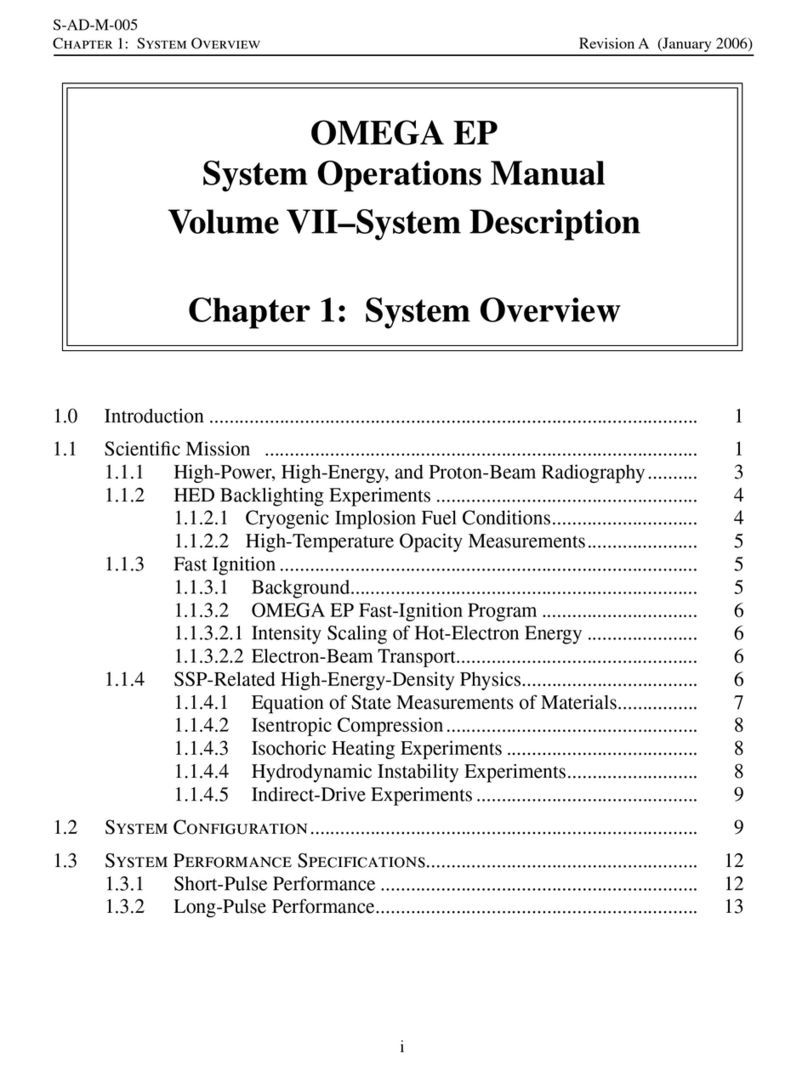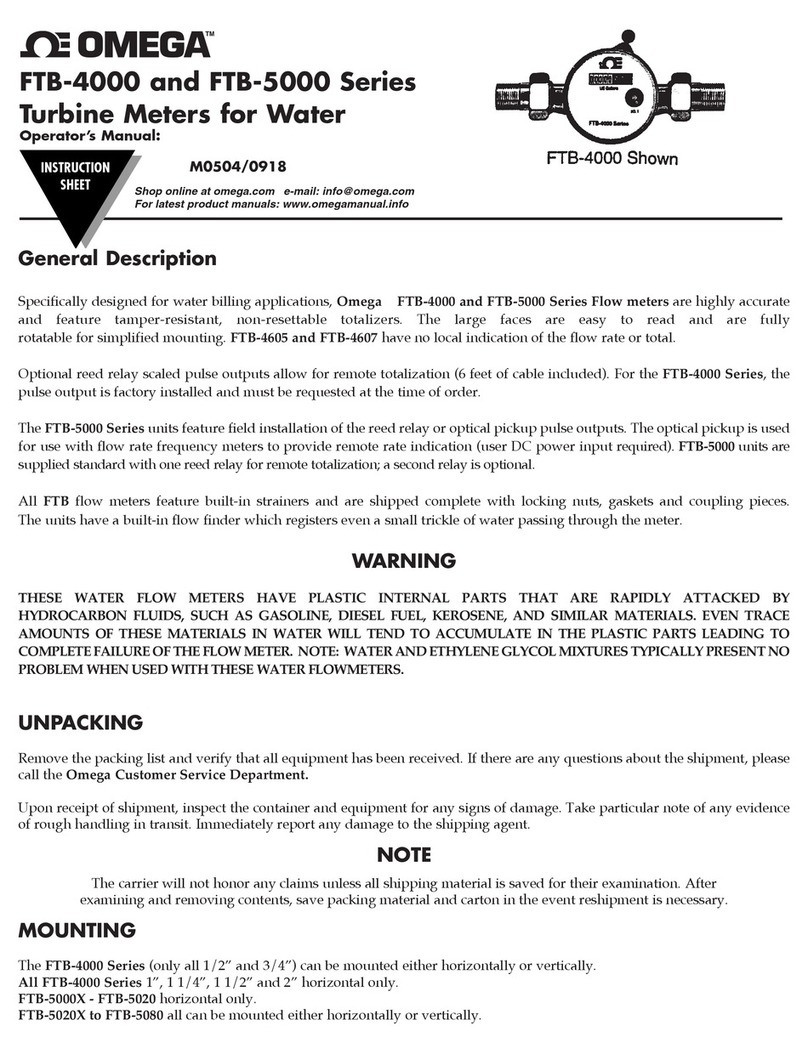Omega PHCN-962 User manual
Other Omega Measuring Instrument manuals
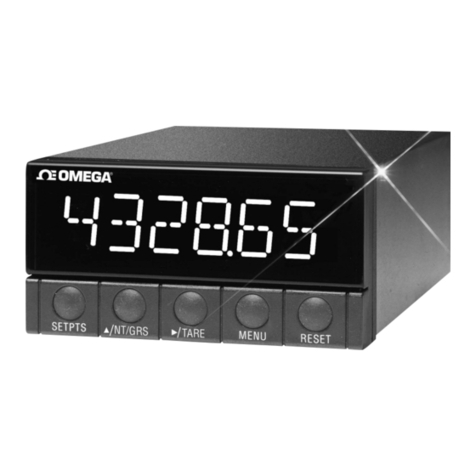
Omega
Omega DP41-W User manual
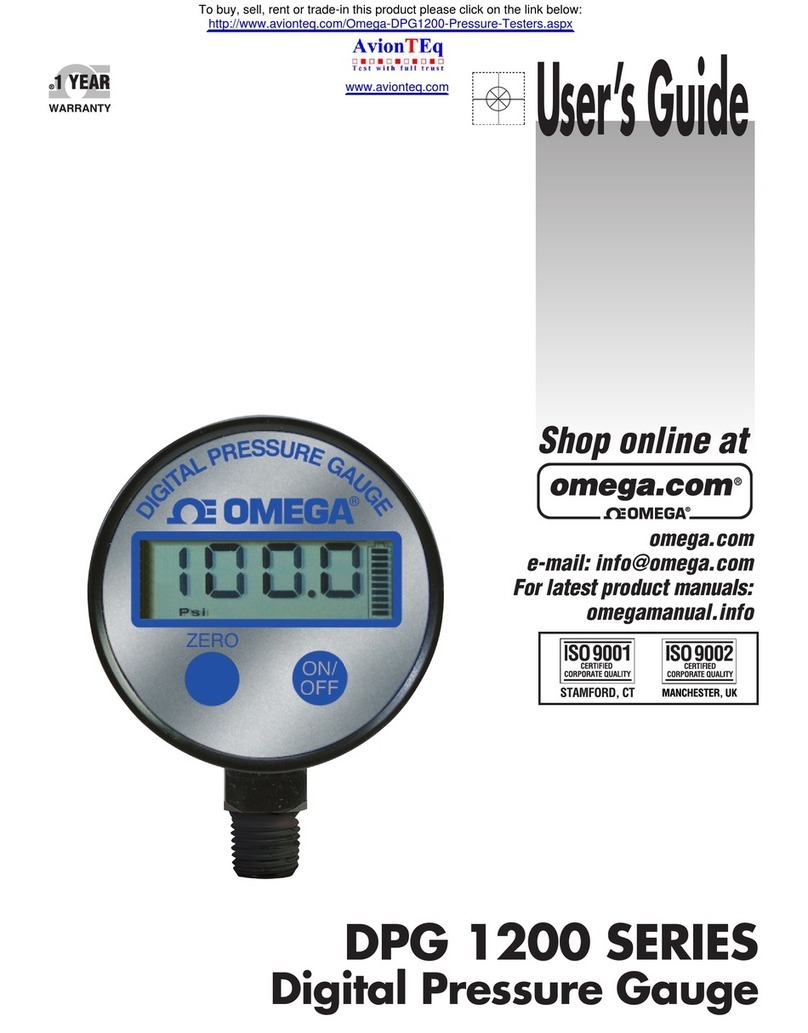
Omega
Omega DPG 1200 Series User manual
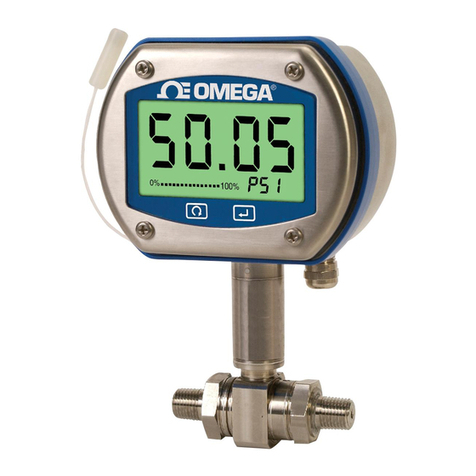
Omega
Omega DPG409 SERIES User manual
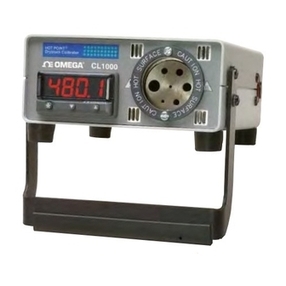
Omega
Omega CL1000 Series User manual
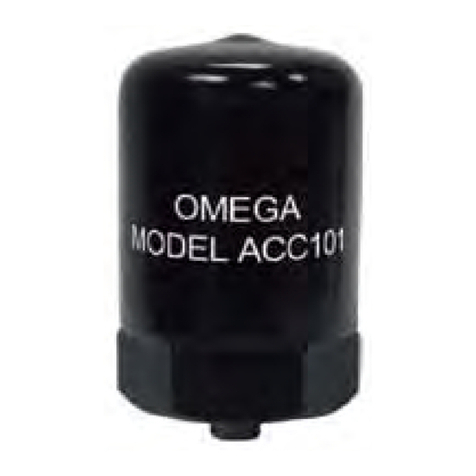
Omega
Omega ACC320 User manual
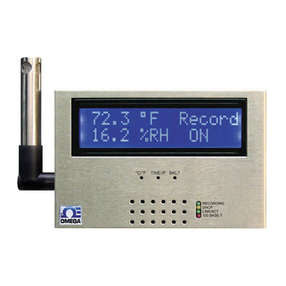
Omega
Omega iSD-TH User manual
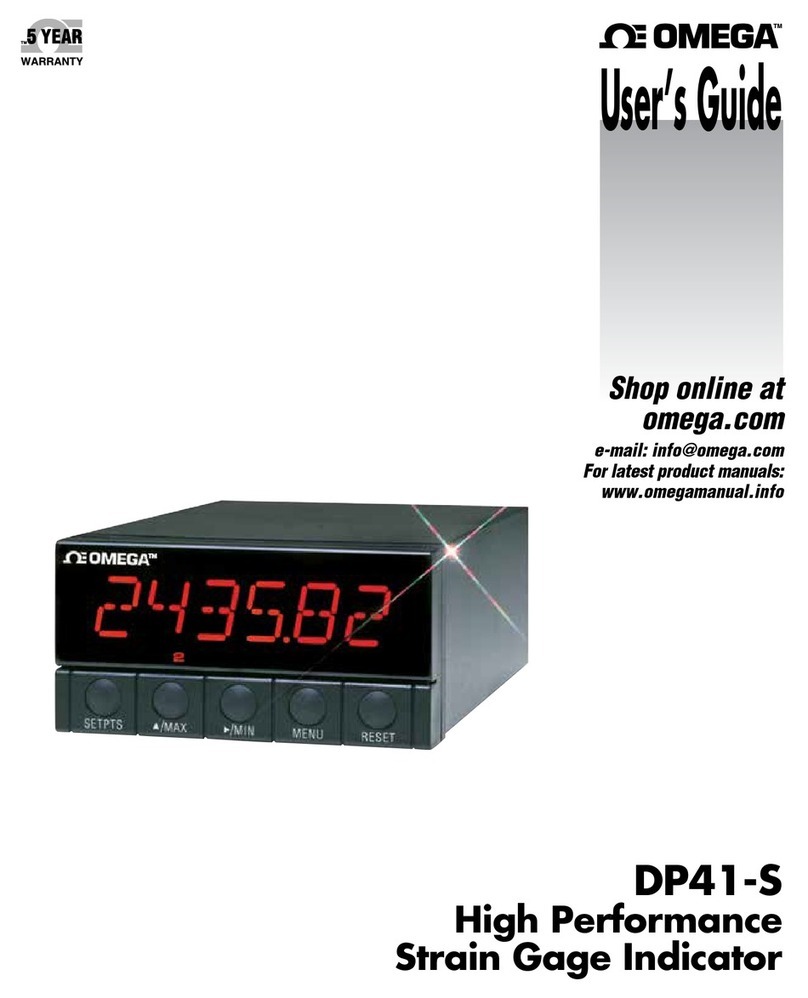
Omega
Omega DP461-S User manual

Omega
Omega DPG1000AD User manual
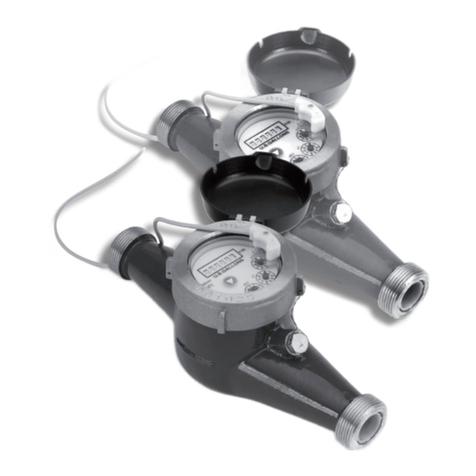
Omega
Omega FTB8000B User manual
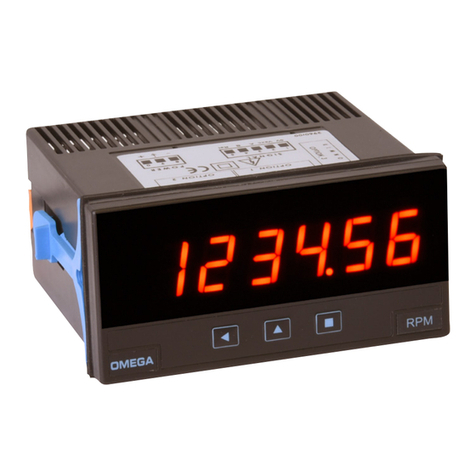
Omega
Omega DPF20 Series User manual

Omega
Omega HH414 User manual
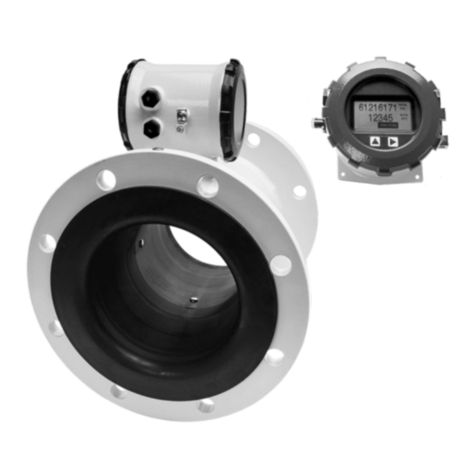
Omega
Omega FMG490 Series User manual
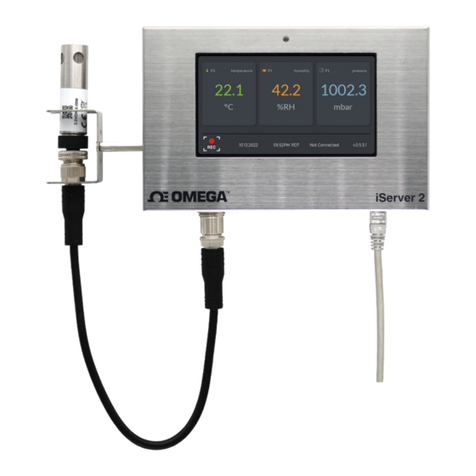
Omega
Omega iServer 2 Series User manual
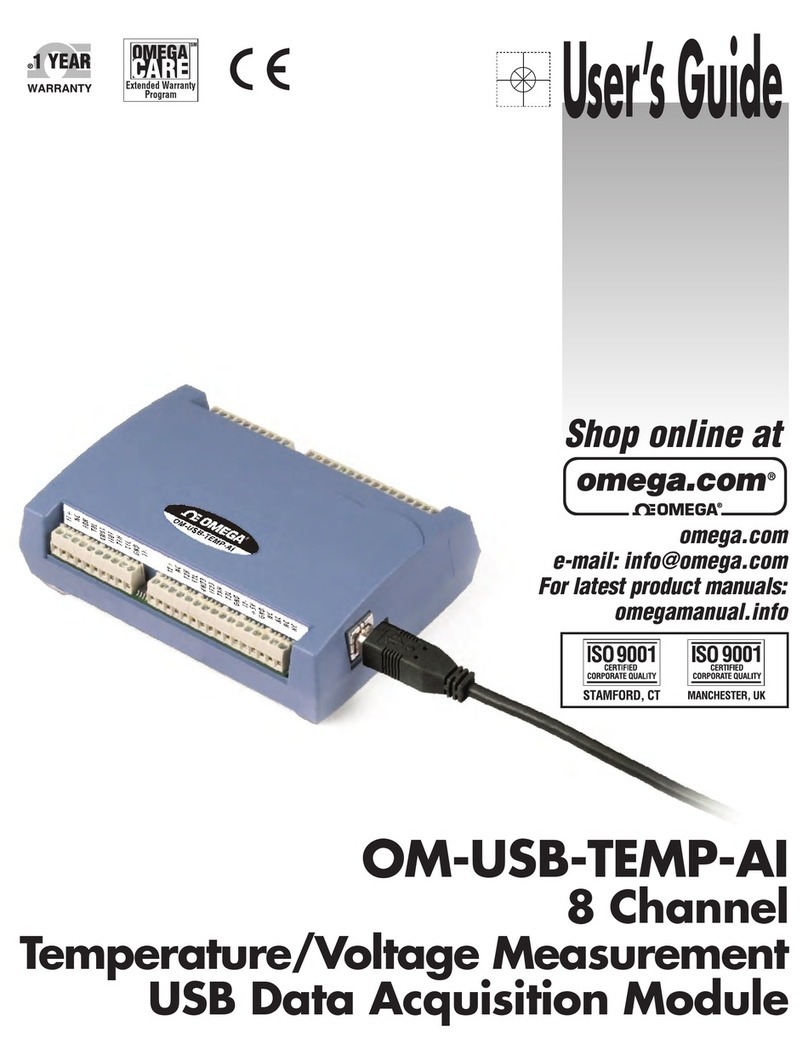
Omega
Omega OM-USB-TEMP-AI User manual

Omega
Omega HHM590 User manual
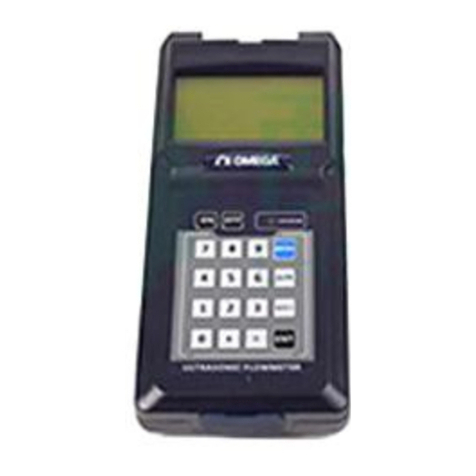
Omega
Omega FDT-25 User manual

Omega
Omega RH62F User manual

Omega
Omega HHTQ35 User manual
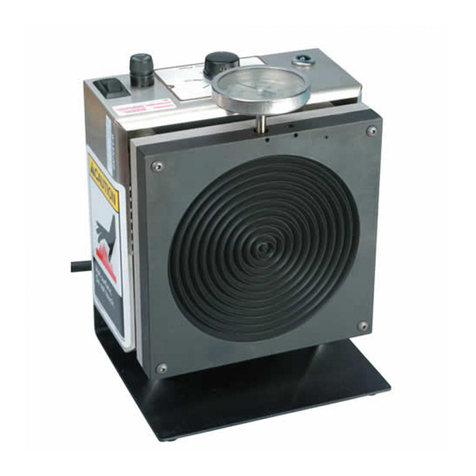
Omega
Omega BB-2A User manual
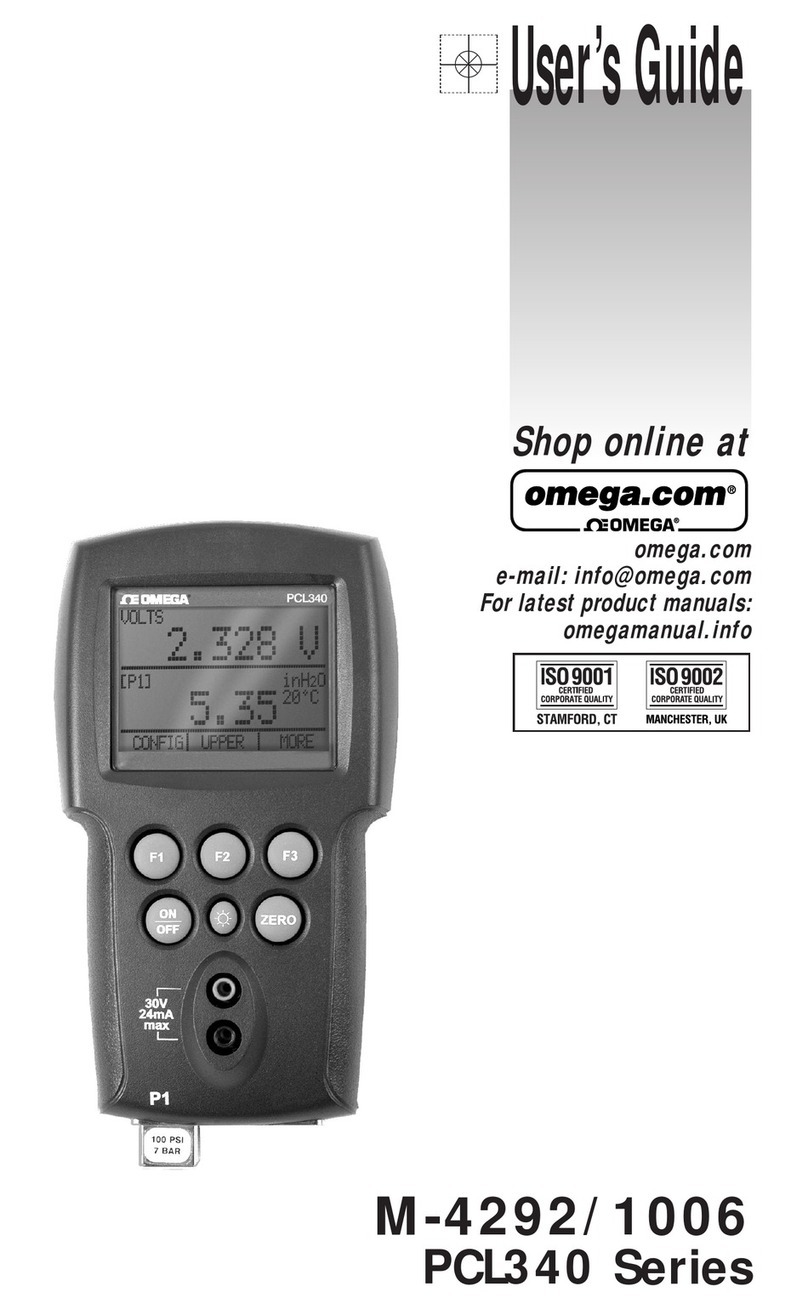
Omega
Omega M-4292/1006 User manual
Popular Measuring Instrument manuals by other brands

Powerfix Profi
Powerfix Profi 278296 Operation and safety notes

Test Equipment Depot
Test Equipment Depot GVT-427B user manual

Fieldpiece
Fieldpiece ACH Operator's manual

FLYSURFER
FLYSURFER VIRON3 user manual

GMW
GMW TG uni 1 operating manual

Downeaster
Downeaster Wind & Weather Medallion Series instruction manual

Hanna Instruments
Hanna Instruments HI96725C instruction manual

Nokeval
Nokeval KMR260 quick guide

HOKUYO AUTOMATIC
HOKUYO AUTOMATIC UBG-05LN instruction manual

Fluke
Fluke 96000 Series Operator's manual

Test Products International
Test Products International SP565 user manual

General Sleep
General Sleep Zmachine Insight+ DT-200 Service manual

